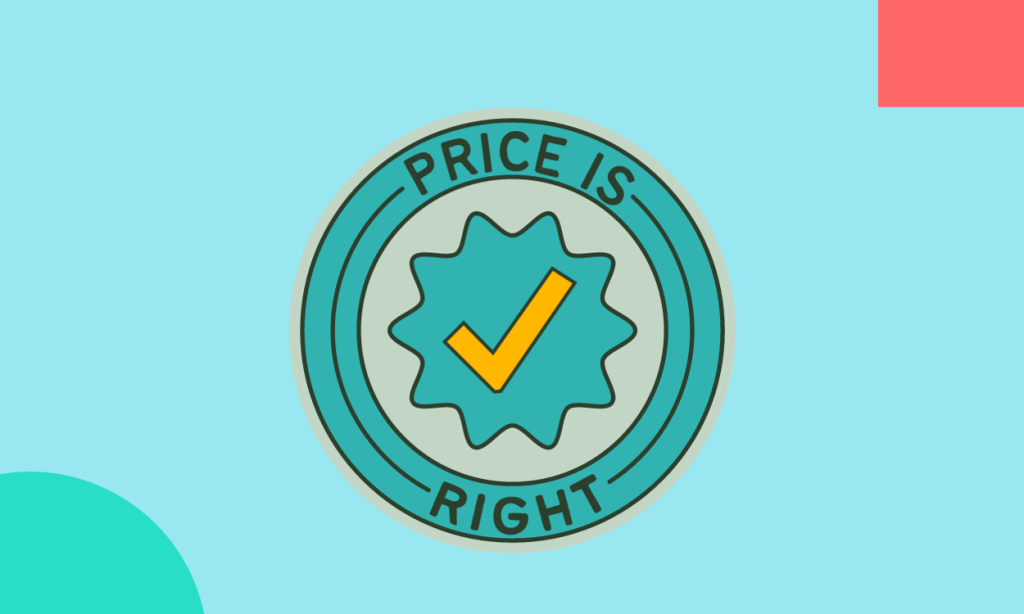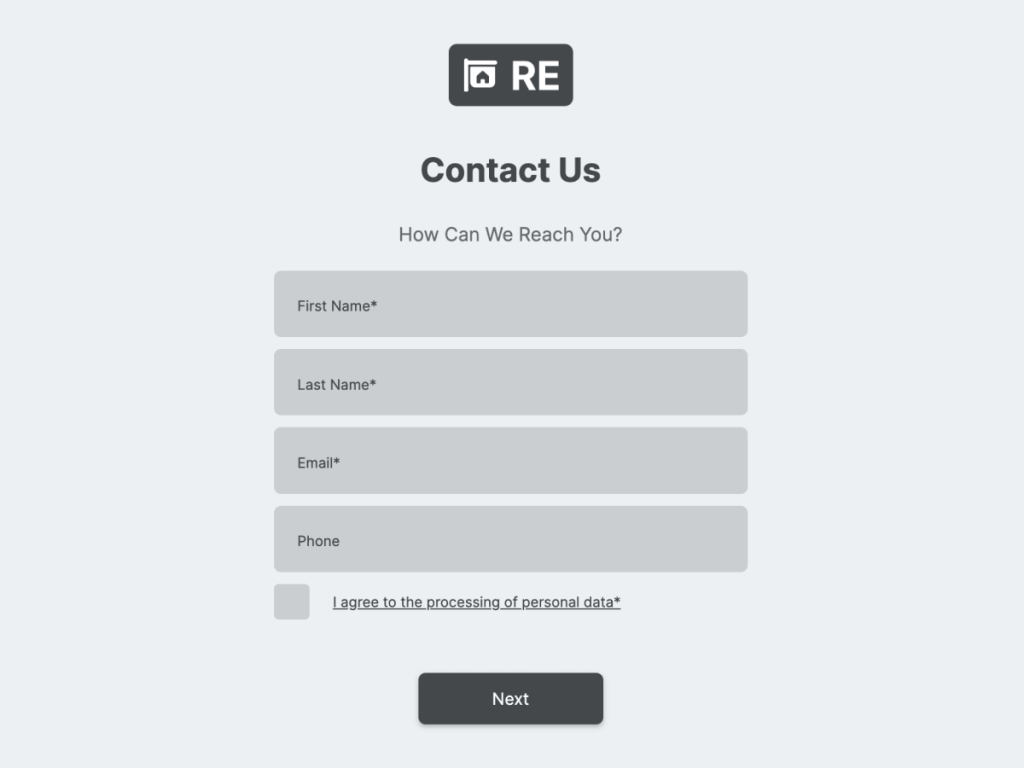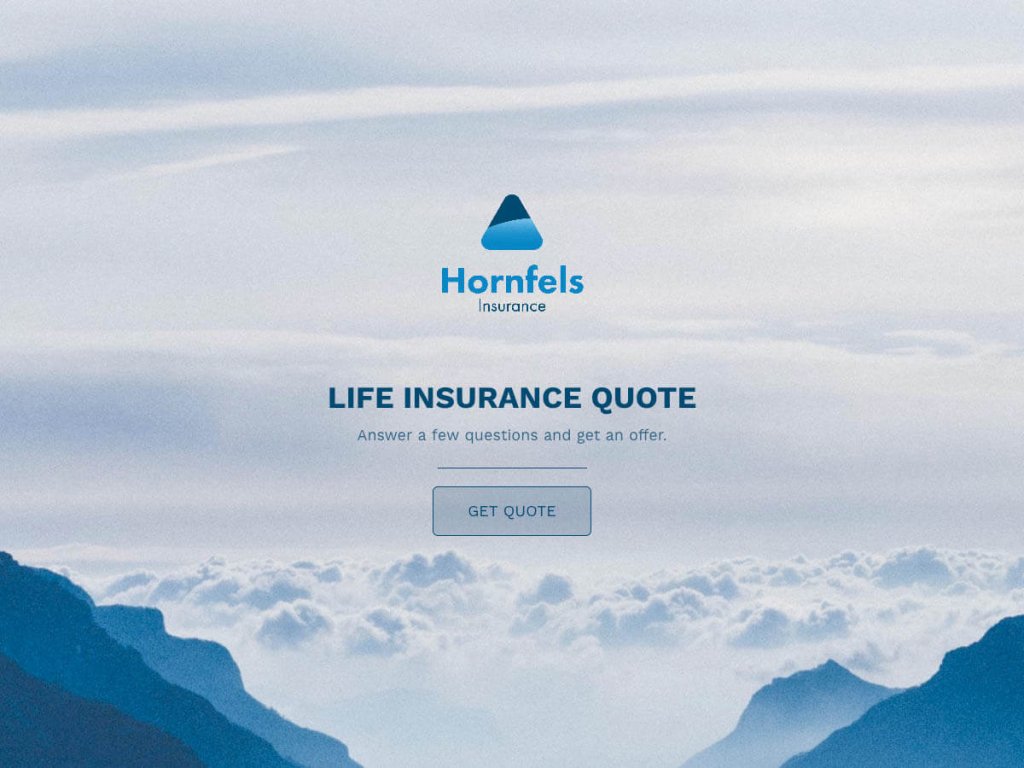Your pricing page is one of the most important parts of your website. It’s a critical gateway–the digital storefront where you turn visitors into loyal customers.
It's where customers can see what products/services you offer, the differences in features and pricing, and use custom calculators to determine whether you offer a good deal for their needs.
You want to create a persuasive, informative and seamless user experience to maximize your sales figures and boost conversion rates.
So, don't rush into creating it; explore what makes a strong pricing page with our ten best practices and top tips to set you apart from the competition.
The Importance of an Optimized Pricing Page
Firstly, why is an optimized pricing page so important? We delve into this question with several key reasons for how it affects customer perception and the likelihood of completing a sale:
Educate your customers: This page spells out what features and price packages you offer, which reduces unnecessary customer inquiries.
Boost sales conversions: You can direct your customers to purchase by highlighting value propositions and using persuasive language.
Improve your SEO: Having this information in one place means you can link to other resources, creating a sitemap that is legible to search engines.
Below you will find 10 best practices on how to optimize your pricing page for better results:
1. Understand Your Audience's Expectations
Consider the type of market you're catering to and what prices they would expect based on your website's style. For example, if you've built a relatively barebones ecommerce store with a basic visual style, your customers probably would prefer to spend less money on your 'premium' range of products. It's a case of matching your website's design to your brand identity.
2. Explore Various Pricing Strategies
The price at which you mark up your products is profoundly important. Regardless of their budget, every customer wants to feel like they're getting a good deal. So, it's crucial that you meet their expectations and get these basics nailed down.
You should also be open to other income-generation opportunities, to help you keep your prices low and competitive. For instance, you could run adverts on your website or introduce a subscription model where your top customers can access exclusive benefits.
Here are 3 of the most common pricing models that you may want to implement on your online store:
Tiered Pricing: This strategy involves offering several ranges for each product type, from budget to premium, to cater to different customer segments with varying needs.
Discount Pricing: Some retailers base their pricing strategy around discounting, with constant clearance sales and limited-time offers to entice customers to purchase.
Dynamic Pricing: This involves altering your prices in real time according to data sources on projected customer demand and competitor pricing. You could also tailor prices according to a customer's purchase history, such as loyalty rewards for longer subscriptions.
You can also combine these strategies. For example,Sage’s automated payroll system shows their tiered pricing in a real time.They provide two payroll system options with different prices depending on what level of support a customer is looking for. But, they also combine pricing options by offering a discount for the first three months of a Sage business cloud payroll subscription, helping entice customers to discover the platform's benefits.
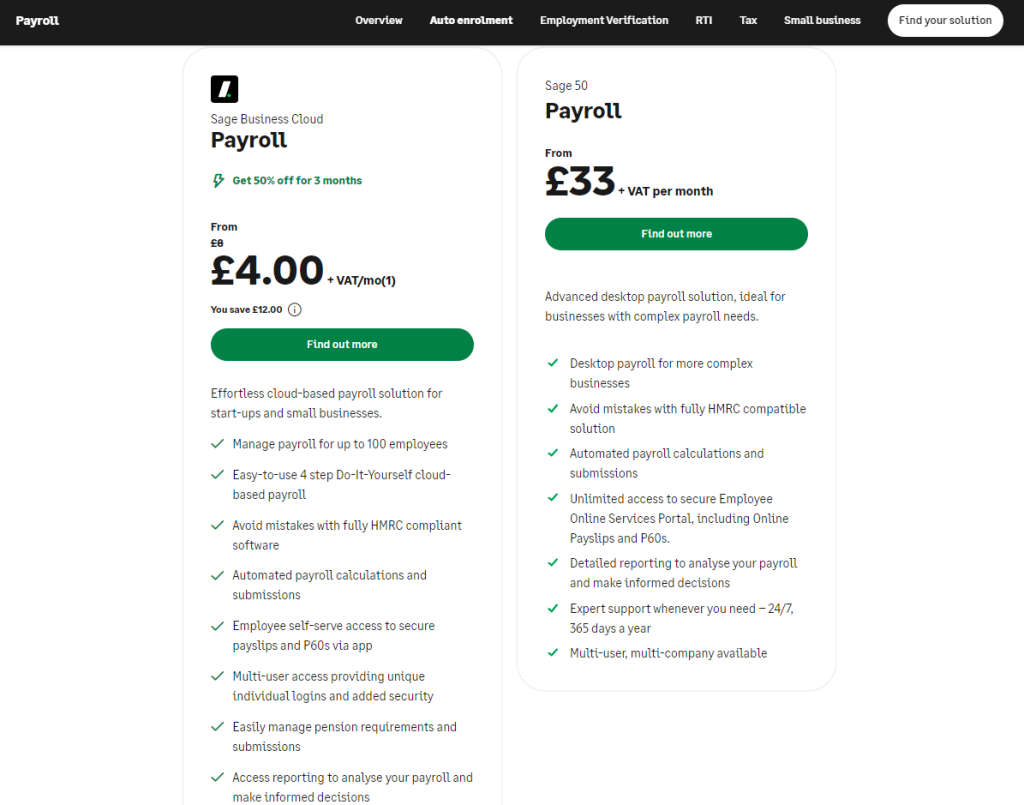
3. Be Transparent on Pricing Structures
Whatever type of pricing structure you go for, transparency is key. For starters, you should be clear on the features of each pricing option. Make sure your descriptions are comprehensive, and create separate pages for each product to further elaborate on product tutorials, demonstrations, and more.
You should also be clear on how you calculate your prices. One of the best ways to achieve this is to integrate a custom cost calculator into your pricing page—so your customers can use the sliding bars to see what affects a product's price.
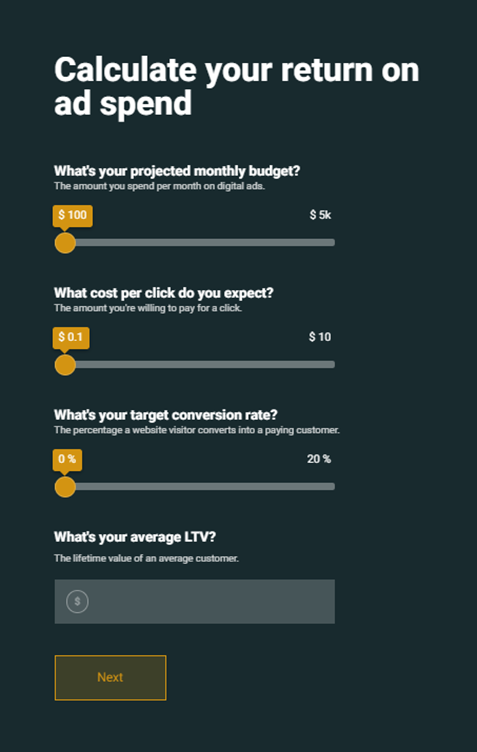
Example of a custom cost calculator created with involve.me
This makes it much easier for them to work out what solution they require without taking up the time of a sales agent. You can create your own calculator by choosing a template and following this guide.
Create A Calculator For Your Website
Start with a customizable template
Contact Form for Real Estate Template
Event Feedback Survey Template
"Advertise with us" Funnel Template
Discount Funnel Giveaway for Ecommerce Template
Get Quote Life Insurance Template
Enterprise Software License Quote Template
4. Create Compelling Product Descriptions
As we've touched on, writing a product description is an important aspect of your pricing page to get right. These descriptions are essentially just another sales pitch for your products— write copy that explains what you include and why it's a good deal.
To create more compelling product descriptions, you should include a bullet-point list of features written in short, easy-to-understand language. Then, when a customer hovers over each text, include a link or pop-up explaining how the feature works in greater detail. This balances a simplistic visual style with all the information you need to get across.
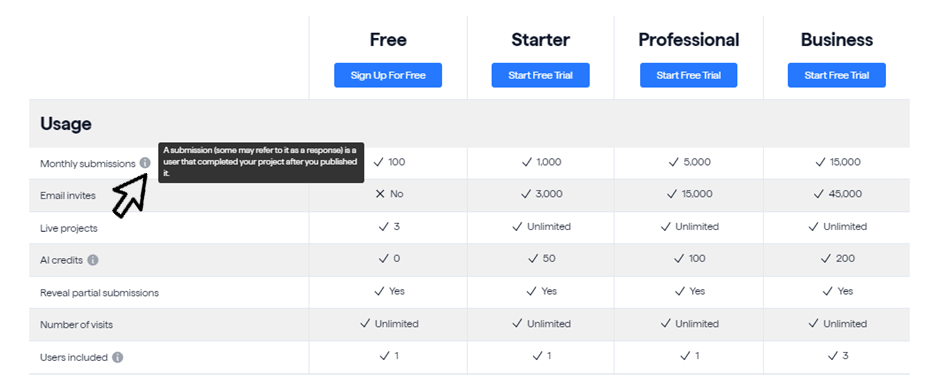
5. Use an Intuitive Layout for Easy Navigation
Website owners often worry about their 'bounce rate'—that is, the % of people that click off your site before navigating to other pages—and they're obsessed for a good reason! That's because having a low bounce rate indicates that your website is interesting and understandable. While you shouldn’t take bounce rates at face value, they are a good indicator for user engagement.
One way to achieve a low bounce rate (and, therefore, higher sales conversions) is to make your website easy to explore with an intuitive layout. Include a header section with your main pages and drop-down menus that display your sitemap links for faster navigation.
Take the example of Slack below. Not only do they have their pricing very clearly laid out, helping the customer to make the best choice for their needs, but their header also clearly provides multiple options for a customer to peruse the site and discover more.
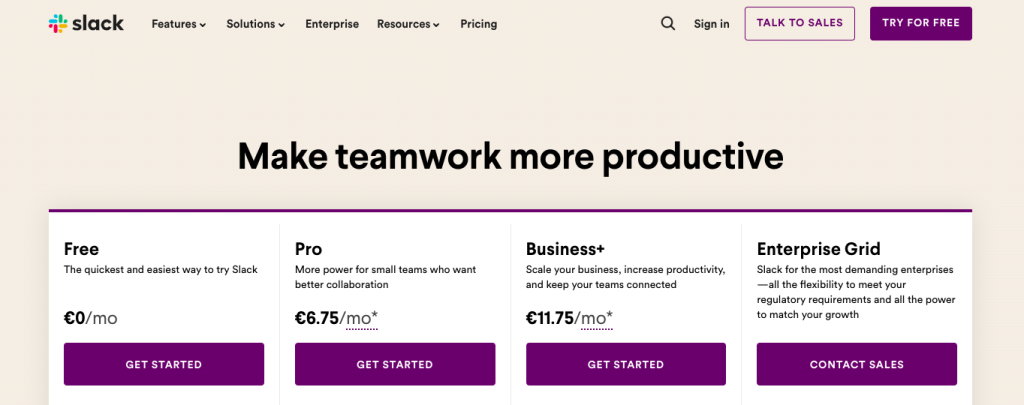
They also include an always available “Talk To Sales” option, which means that if a customer is struggling with anything, they can talk to a sales representative. This can be particularly helpful, with SaaS products, where it can be hard for a customer to predict their needs.
6. Test and Optimize Your Call to Action
Your call to action (CTA) is what encourages your customer to do something now—i.e., "Sign up for our newsletter" or "Buy this product with one click."
Addressing your customers directly with imperative language is a proven technique for driving sales conversions, so getting your CTAs nailed down is important for your pricing page. To find out the most effective, it's worth trying a few different sentences and AB testing across different pages to determine which one has the highest conversion rate.
Some retailers also include on-page features next to their call to action to create a sense of 'urgency' and drive more conversions. You could offer a live counter of how much product is left in stock or how many other customers have it in their baskets, accompanied by the call to action, "Hurry—this product is selling fast!" for example.
7. Incorporate Social Proof on Your Pricing Page
Incorporating ' social proof ' is an effective way to build consumer trust in your products.
Most pricing pages include a section for reviews and ratings, where the social influence of other customers can persuade them to buy a product.
A study by PowerReviews illustrates just how important this feature is to customers:
99.75% of online shoppers read reviews at least sometimes
90% say they consider reviews when making a purchase decision
45% won't buy a product if there are no reviews available for it
So, you need to include a reviews section on your pricing pages—and not only that, but you'll also have to encourage your customers to leave ratings. Try chasing them up via email or offer a discount code for next time if they write a genuine review.
Other types of social proof include testimonials from leading experts, awards from industry publications, or links to user-generated content such as unboxing videos. You could also include trust seals or security certifications to guarantee your customers feel an even greater peace of mind.
Below you can also see a simple way to incorporate social proof into your pricing page. Polymail has added a list of some of the top and most renowned companies that work with them below their pricing options to demonstrate their trustworthiness and good reputation.
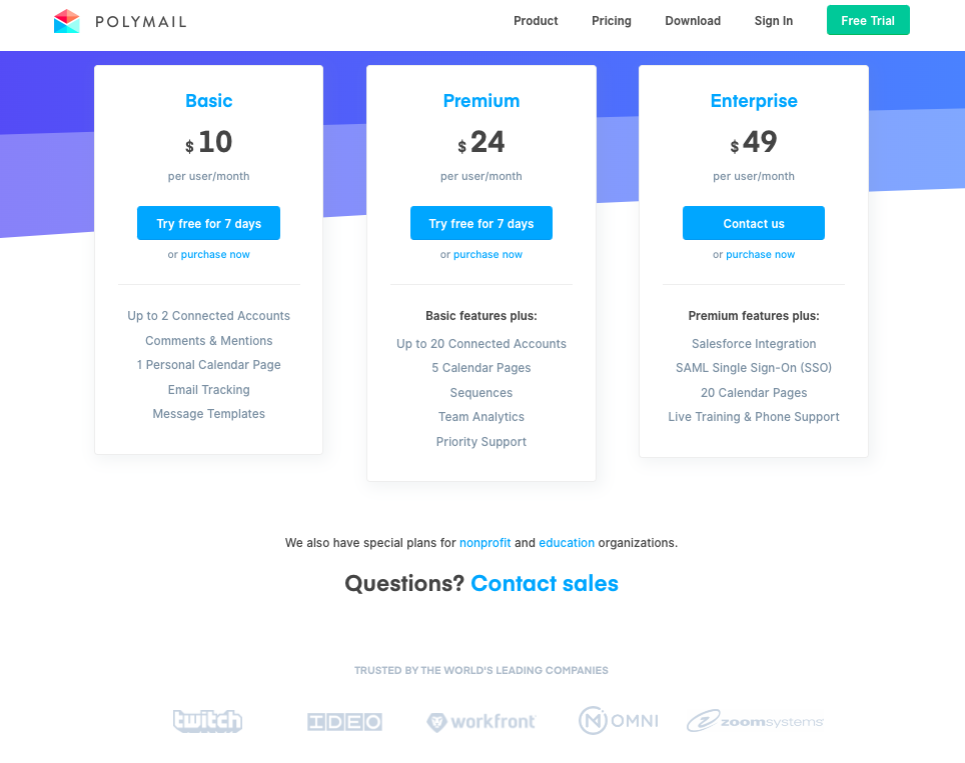
8. Implement Mobile Responsive Design
According to a report by SaleCycle, 75% of global ecommerce traffic comes from mobile devices. And, as it happens, mobile users account for a higher proportion of abandoned carts—which suggests that online stores aren't effectively catering to this demographic.
This statistic highlights how crucial optimizing your site and pricing page for mobile users is. Your website should be responsive—that is, able to adapt to various screen sizes and orientations—and use simplistic fonts that are easy to read on smaller screens. Interactive elements such as buttons and links should also be large enough to tap with a finger.
Take the example from Squarespace below. Their site is perfectly optimized for mobile, you can switch between pay annually and pay monthly, the page is clear, and the text is big (helping to avoid the issue of clumsy thumbs).
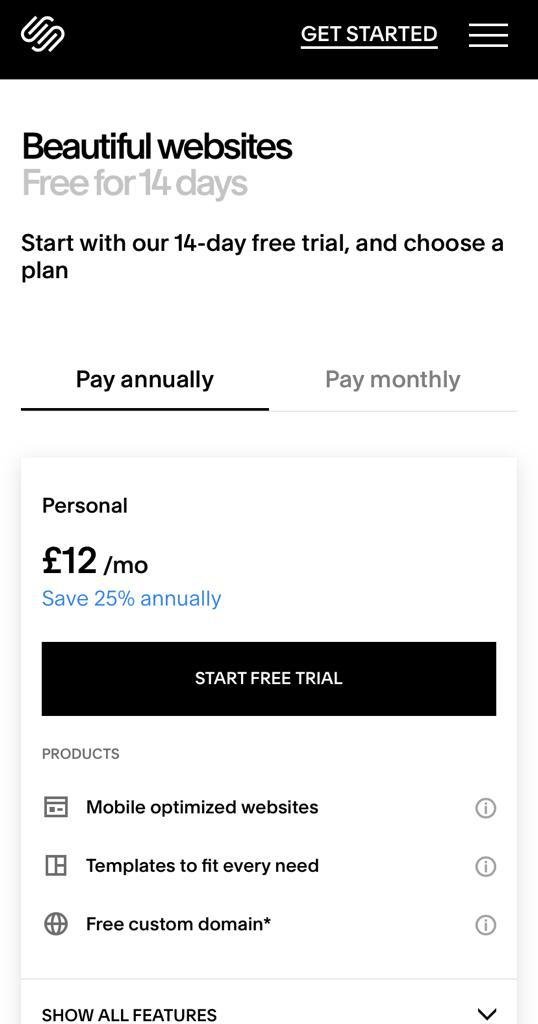
Finally, by making the ‘Show All Feature’ list expandable, they avoid over-cluttering the page but still supply all the information you’d usually have available. All in all, perfect for mobile users.
9. Encourage a Culture of Continuous Improvement
Optimizing your pricing page is not—and should not—be a one-time event. Rather, it's constantly testing, reflection, and improvement. Put this process into writing by committing to regular reviews of your pricing strategy and whether you're hitting expected sales benchmarks.
Generally, always look for new ways to relieve yourself of administrative burdens. It's not just about continuously improving your website but reviewing all your internal processes. For instance, tools such as self assessment tax software can massively streamline your workload and make sure you remain tax compliant as your business grows.
Similarly, work towards implementing a general culture of improvement and optimization across your teams. Make sure you have regular review processes and foster good communication amongst your staff. Keep the focus on innovation and ensure that everyone’s new ideas are heard.
10. Track Your Pricing Page Performance and Adjust for Improvement
You can only optimize your pricing strategy if you have a vision of key performance indicators, including sales figures, customer conversions, and click-through rates. You'll need an analytics platform to access these data points, usually built into your web hosting solution.
From here, you can use key metrics calculators to help work out customer lifetime value, acquisition cost, ROI, etc.—and adapt your strategy accordingly.
Getting Started with Optimizing Your Pricing Page
In conclusion, your pricing page is one of the most important parts of your website. It's the point where customers may decide whether to buy your product or conclude that your competitor offers better value for their money.
To optimize your pricing page, your priorities are to determine your target customers' expectations and a consistent pricing strategy to match. Then, you can consider adding advanced features such as our custom calculators templates to improve the quality of your site—helping customers discover that they're getting a good deal.

